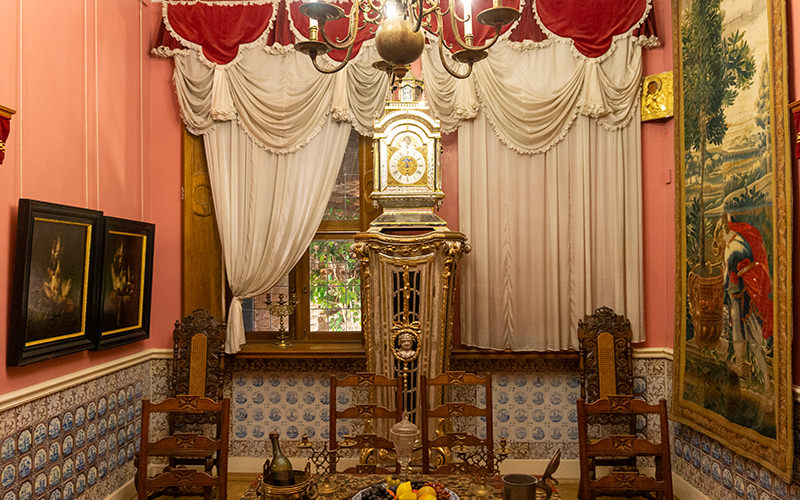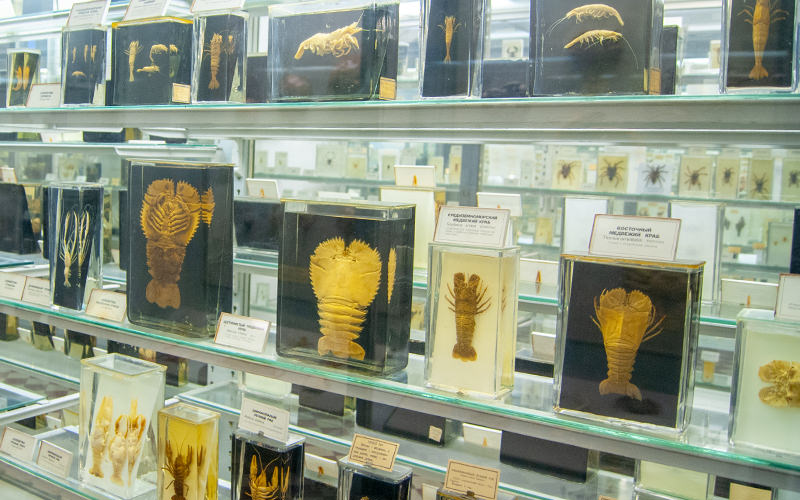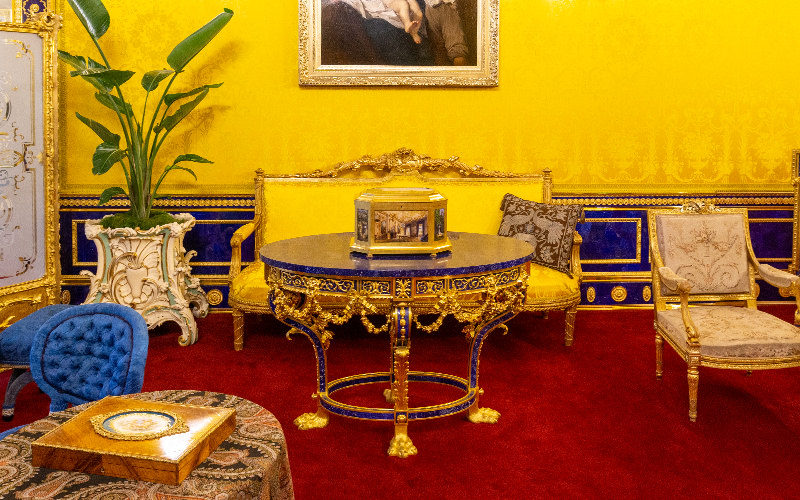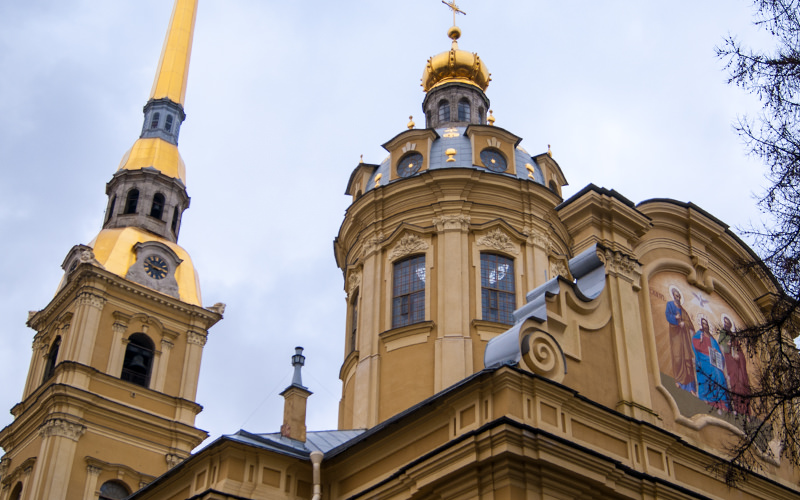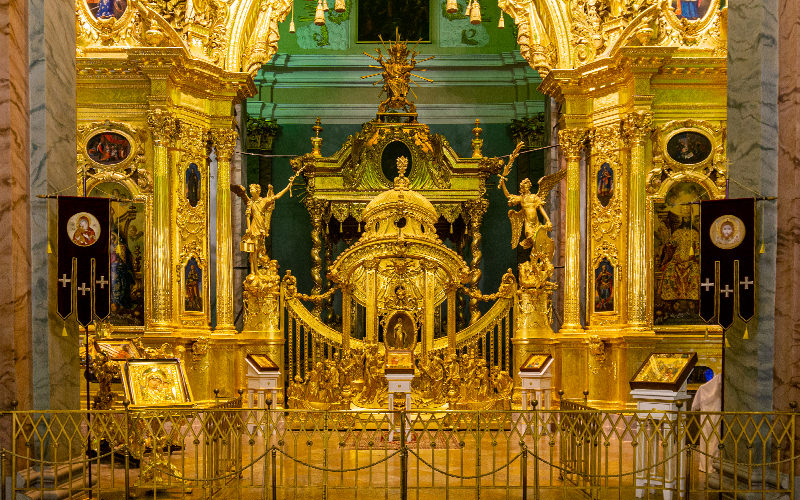Today, let's talk about the Saint Petersburg Money Museum. For a long time, I thought visiting this exhibition would be quite uninteresting, considering that Saint Petersburg offers many more fascinating historical sites and landmarks.
It turns out I was wrong. The museum was established by "Goznak"—the organization responsible for producing currency—and its collection contains unique documents and exhibits. The location itself is historically significant—the Anninsky Cavalier in the Peter and Paul Fortress.
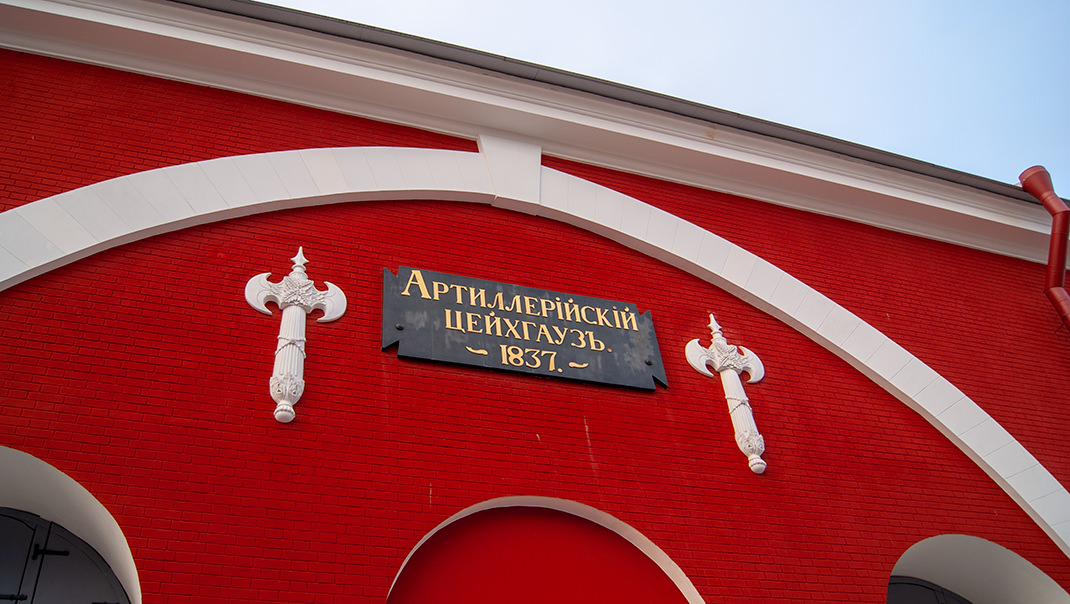
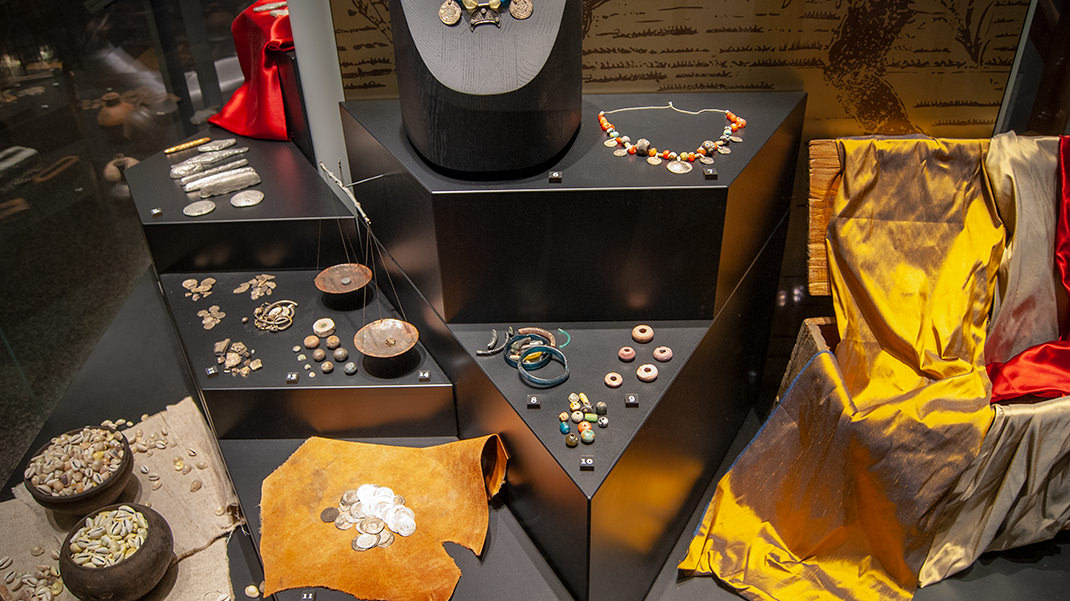
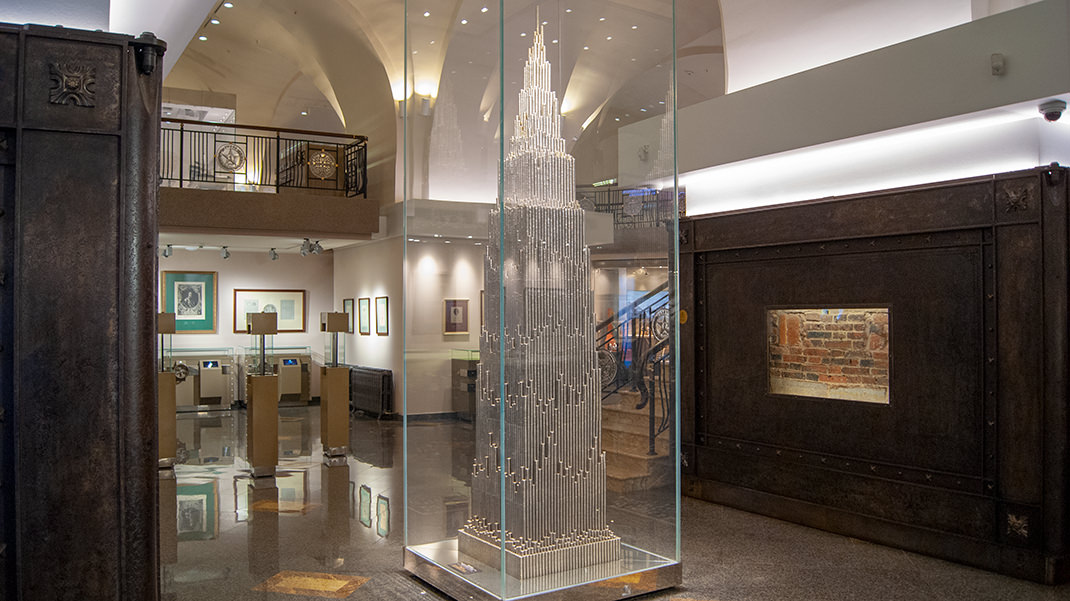
How to Get There by Metro
The museum is a 10-minute walk from the "Gorkovskaya" metro station. Upon exiting the metro, turn right and walk through the garden towards the Peter and Paul Fortress. Enter the territory via the Ioannovsky Bridge and walk straight to the Grand Duchess's Vault. Before it, turn right and after walking a hundred meters, you will see the entrance to the museum on the left.
The cost of an adult ticket for locals is 200 rubles. With a guided tour, it's 250 rubles (winter 2019). Tickets can be paid for in cash or by card. I recommend taking a guided tour—though the price difference is small, you'll gain a lot of interesting information.
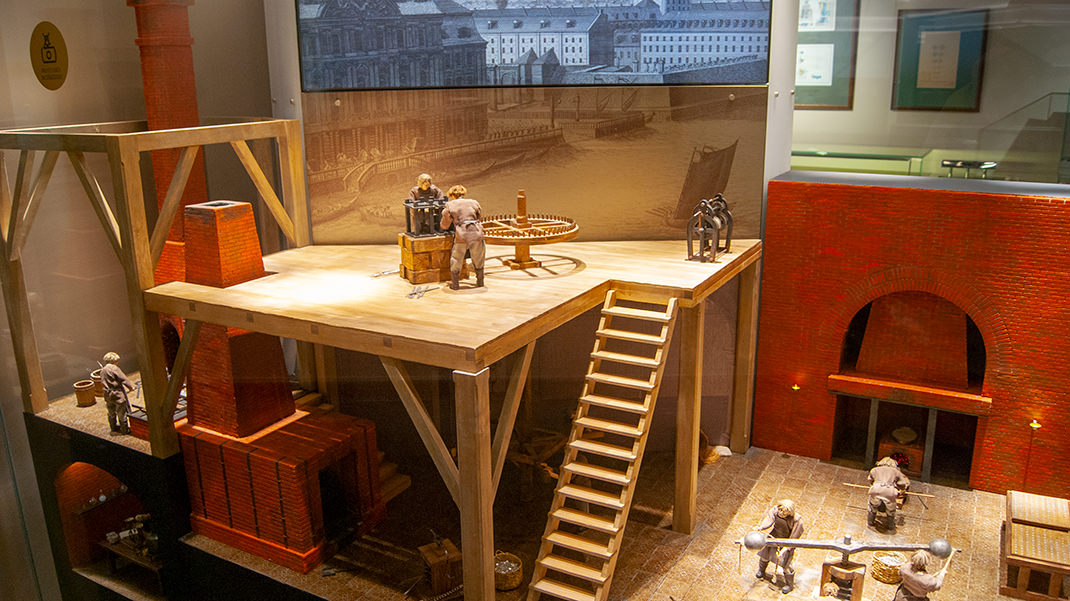
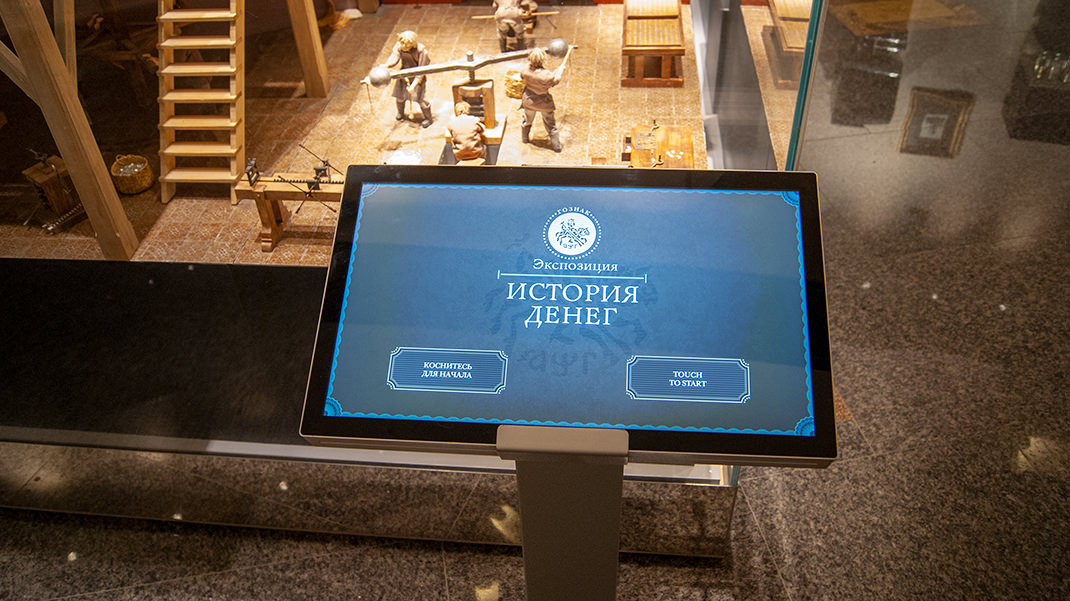
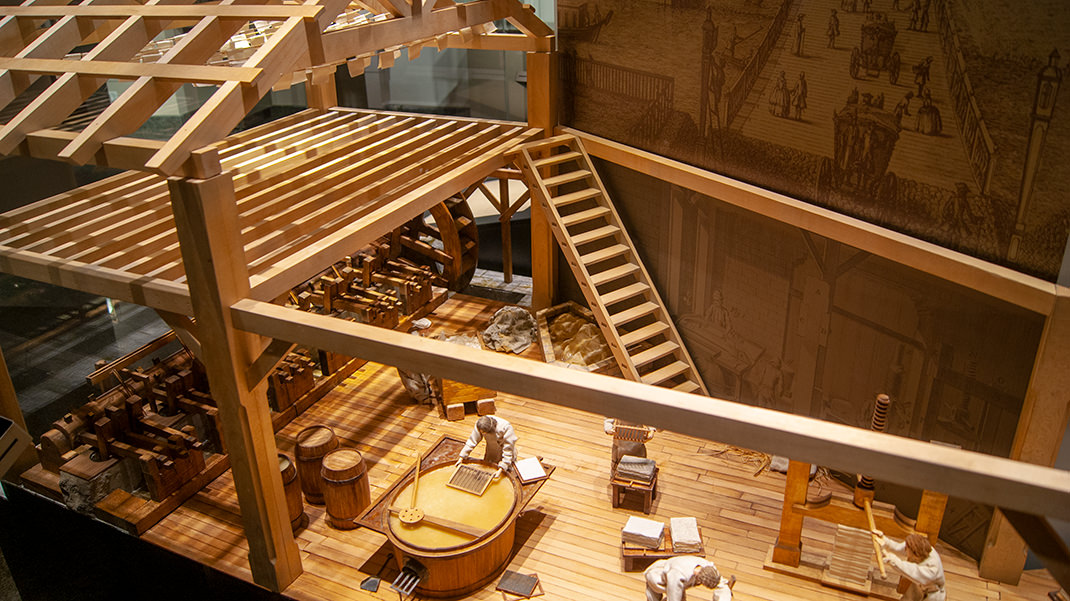
A Bit of History
During the time of Peter I, a mint was established in the Trubetskoy Bastion of the Peter and Paul Fortress. In 1818, the "Goznak" company was founded, which continues to produce banknotes and various documents to this day. The St. Petersburg Mint became part of this new organization, becoming its oldest branch. In total, there are eight Goznak enterprises across the country.
Today, only the production of commemorative coins and state awards remains in Saint Petersburg. Banknotes are printed in Moscow and Perm. Interestingly, unlike many state institutions, the enterprise adapts to modern realities—Perm’s factory, for example, has started producing bank cards.
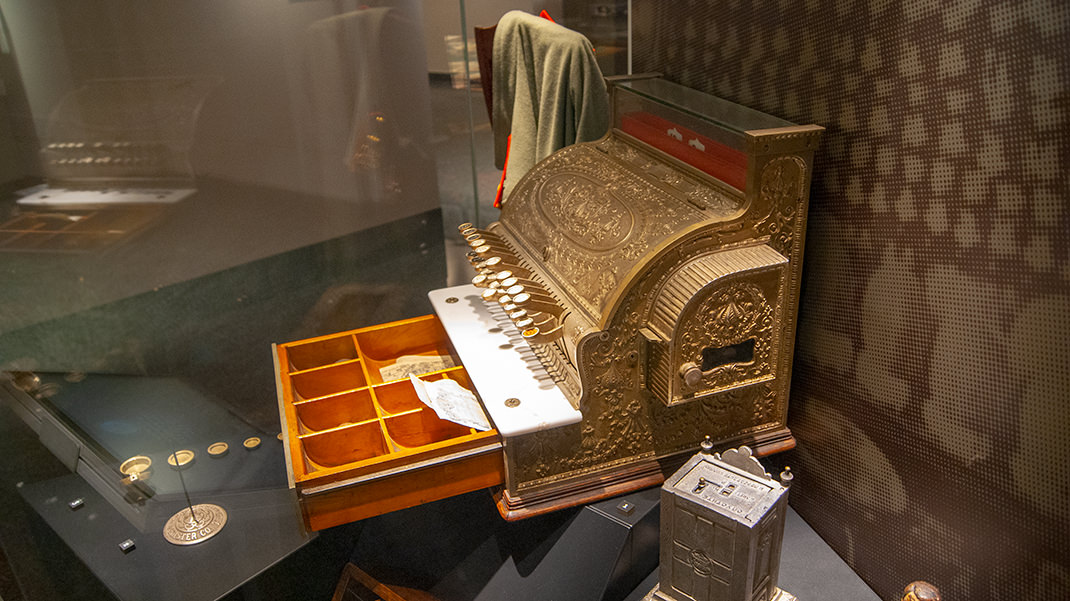
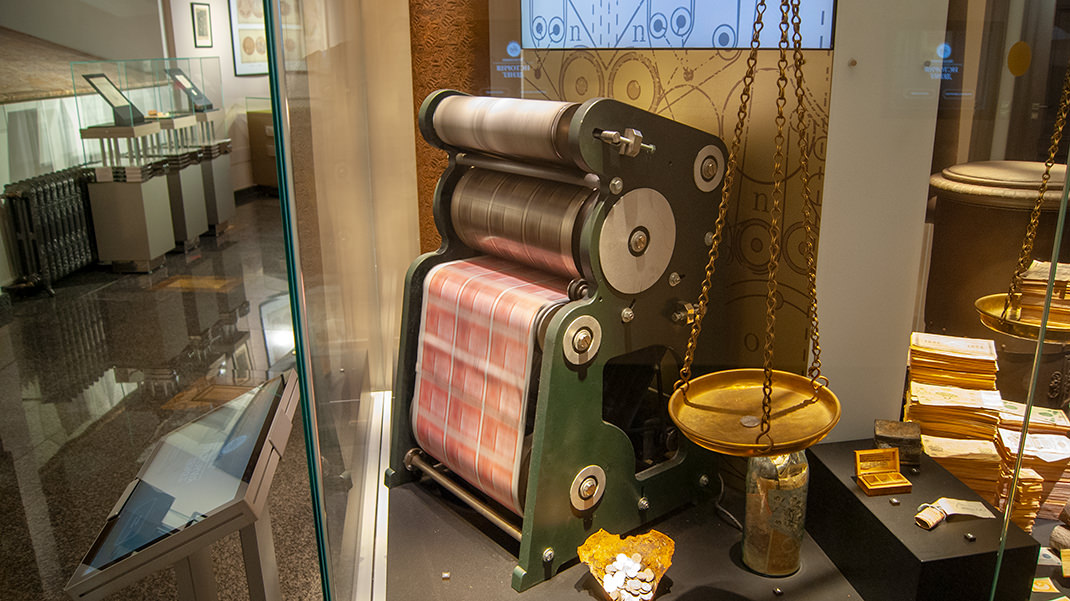
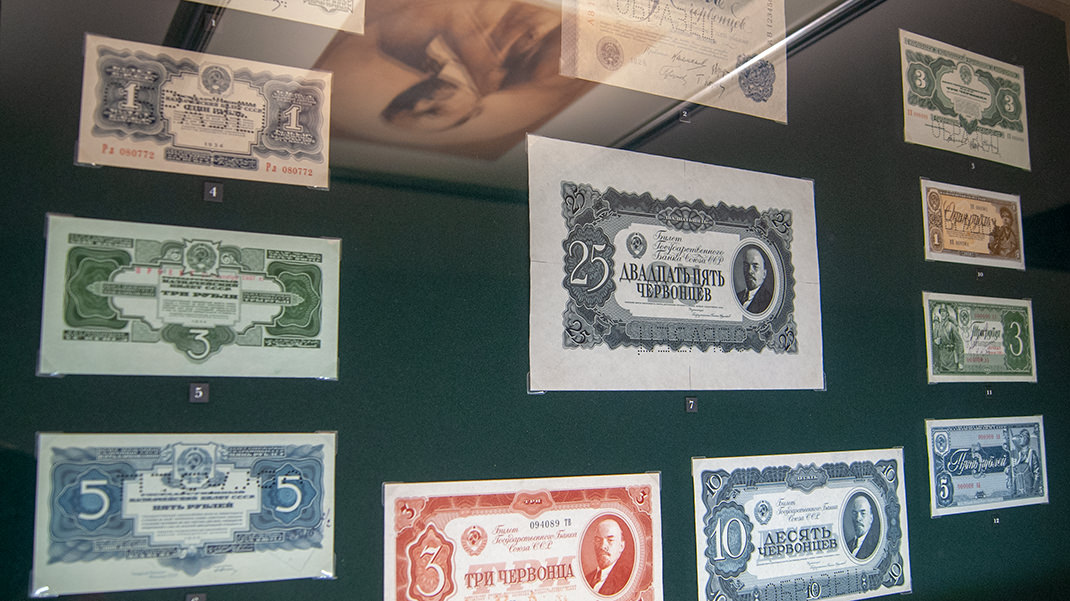
Museum Tour
The technological prowess of Goznak is evident in the museum's exhibition: various displays, projectors, and touch screens are set up throughout the exhibition area. I haven’t seen this many multimedia devices since the "Universe of Water" museum.
The exhibition is divided into thematic sections and covers the entire period of banknote and coin production. The journey begins at a historical stand showcasing "scales"—coins from Ancient Rus.
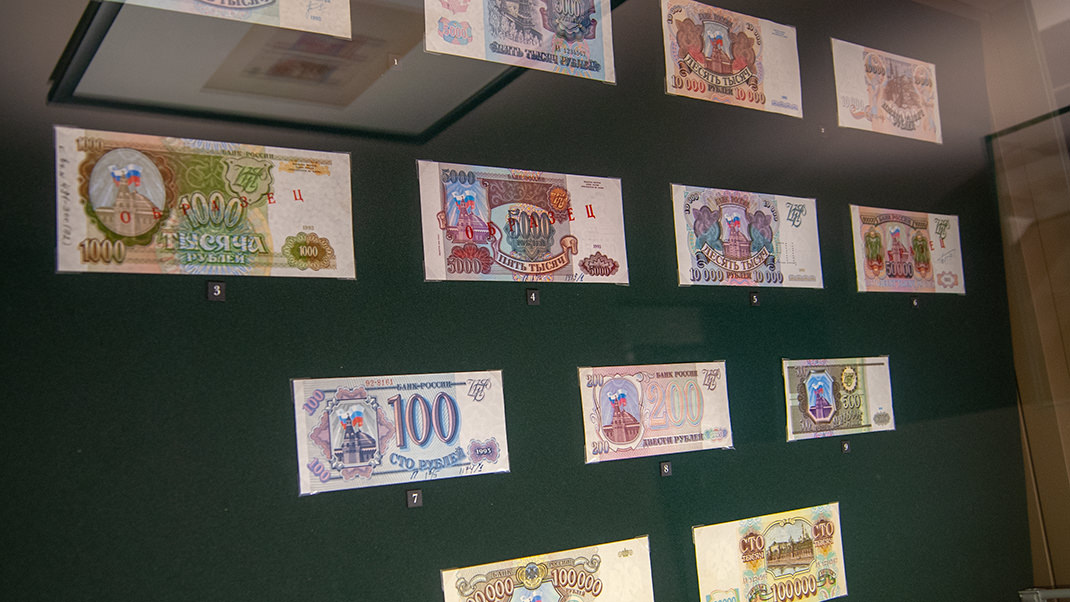
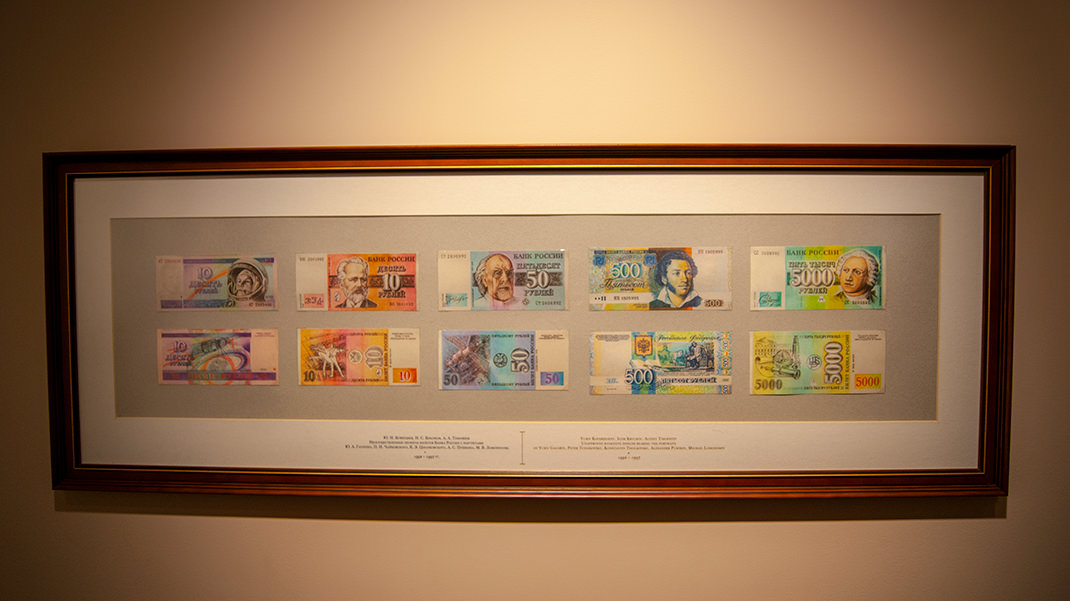
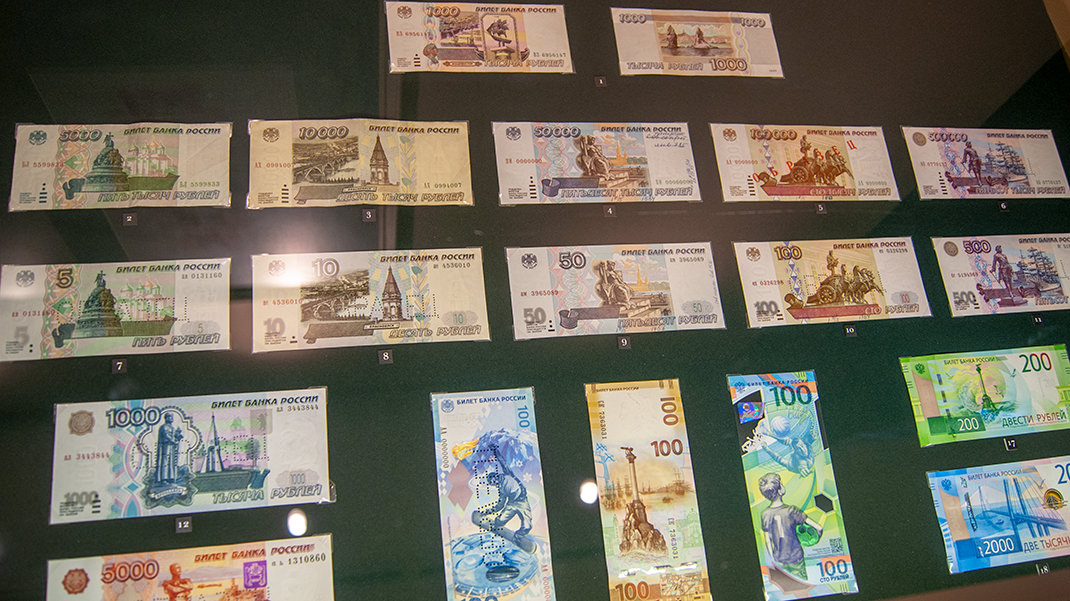
During the tour, a museum staff member will show you many coins of different denominations and eras, and of course, there will be a section on paper money. Large interactive stands feature models—such as the history of coin minting or the production of banknote paper. These models are operated by interactive displays. If you plan to visit without a guide, you can still learn about the history of money production or even watch short videos on the subject.
A noteworthy display features banknotes that were in circulation during the 1990s. I remember that a hundred rubles with images of the Kremlin towers could buy chewing gum, while a Snickers cost several thousand.
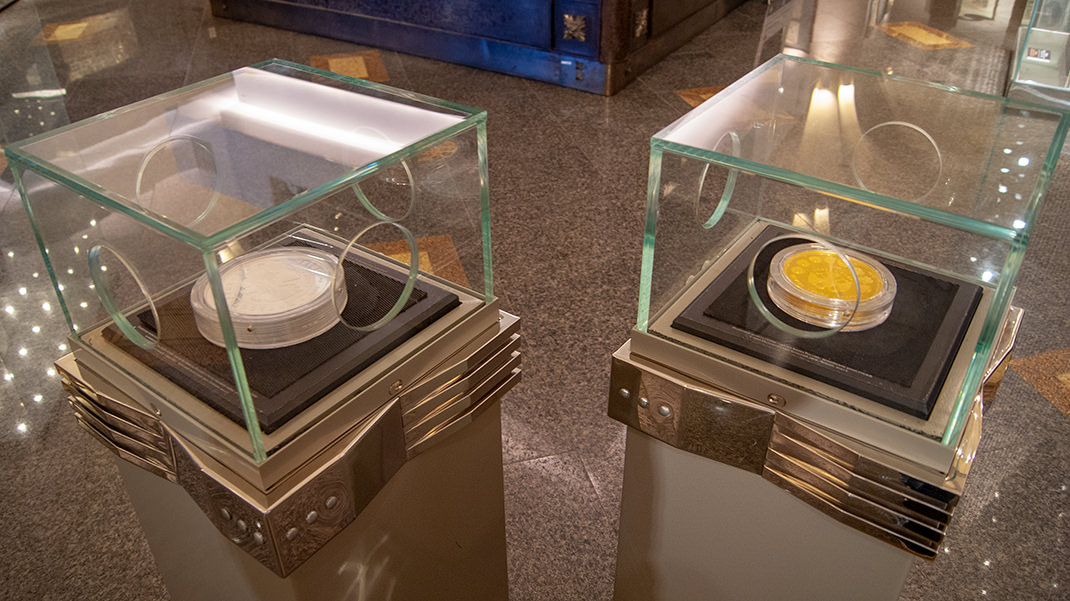
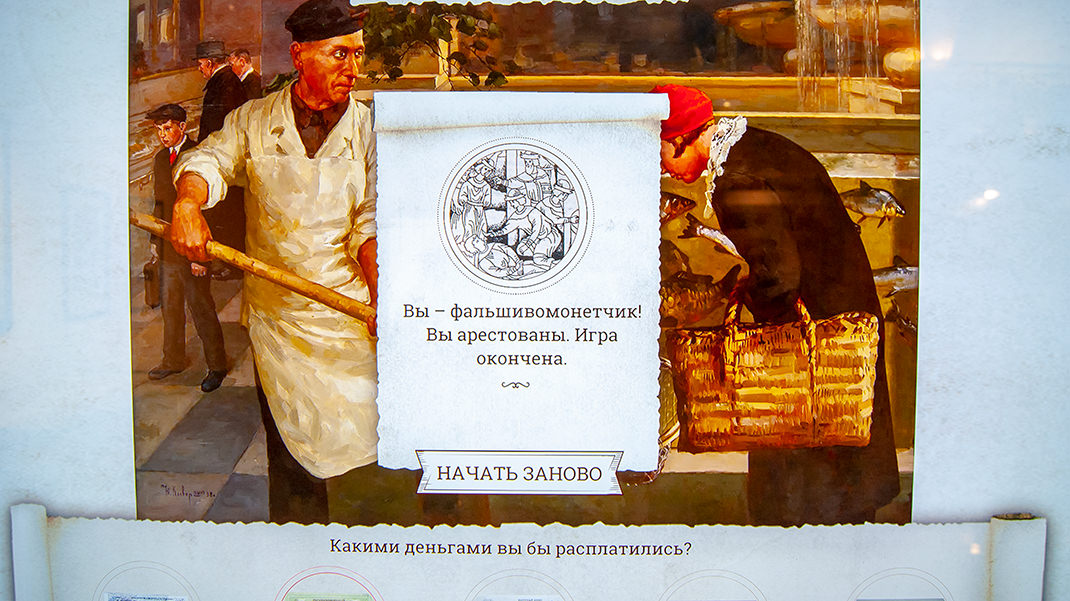
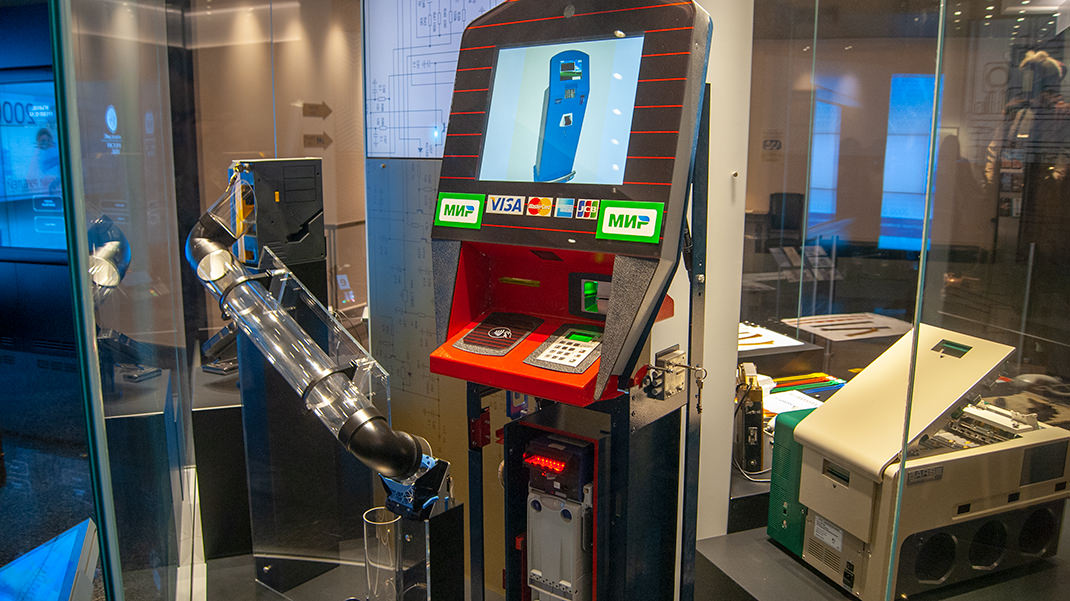
In this part of the exhibition, you can also see modern money and mock-ups of unrealized banknotes. For example, banknotes featuring A. S. Pushkin or M. V. Lomonosov might have been introduced.
In the center of the hall stands the largest exhibit in the museum—a tower called "Million," made up of 1-ruble coins. The coins are glued together, and the structure weighs 3 tons.
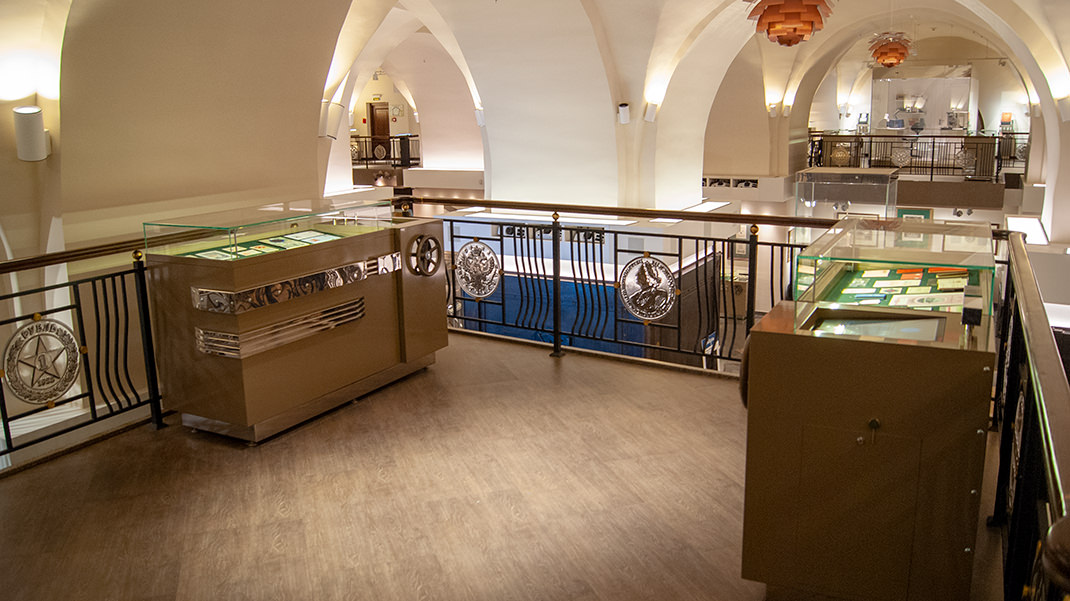
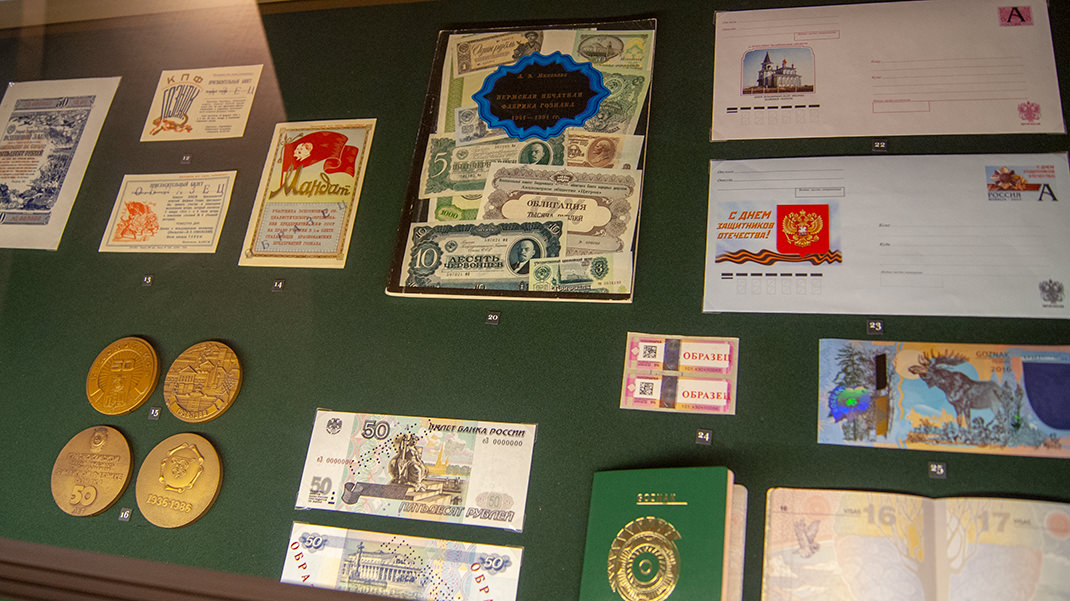
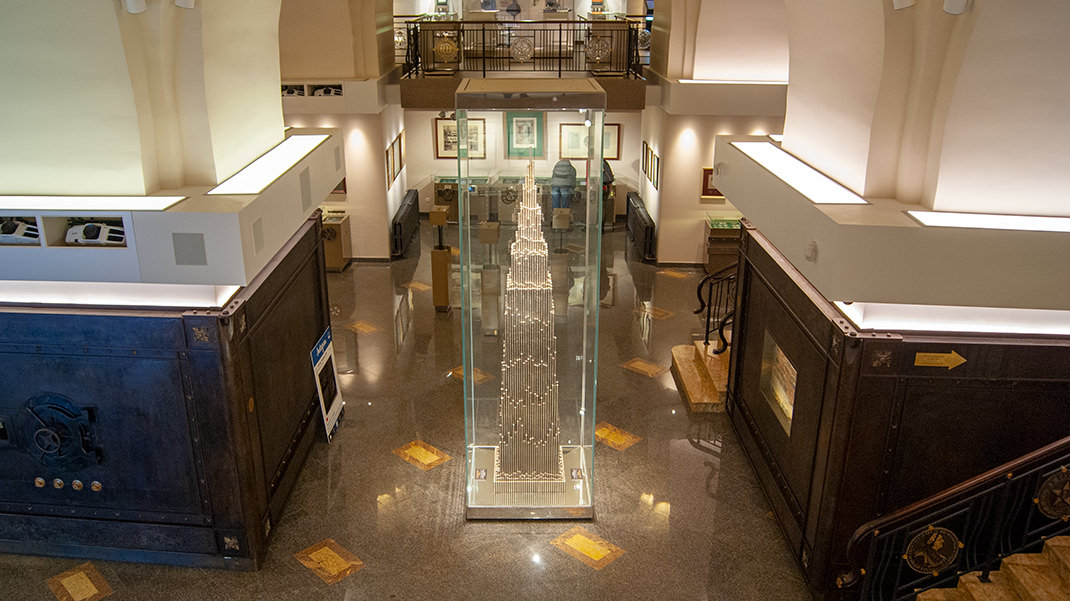
Nearby are two small stands with hand holes. Inside, you can see two enormous coins. They are made of pure silver and gold. Despite their seemingly light appearance, each coin weighs 5 kilograms.
The museum also features an unusual terminal for printing souvenir banknotes. You can choose a banknote design from the menu and print it as a keepsake. Although these notes have no real value, they make for a unique souvenir that will remind you of this fascinating museum.
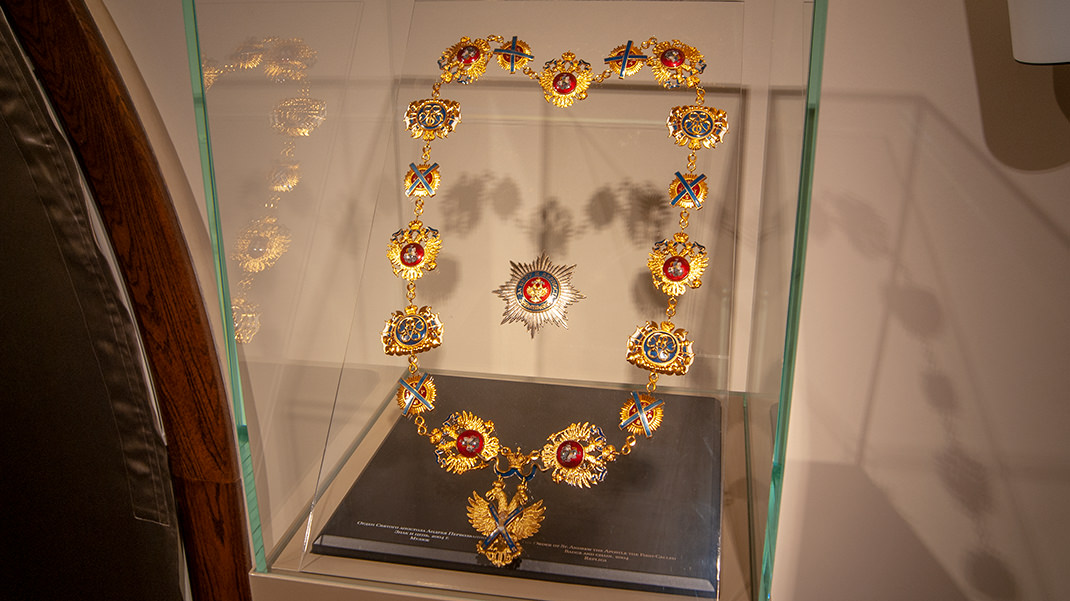
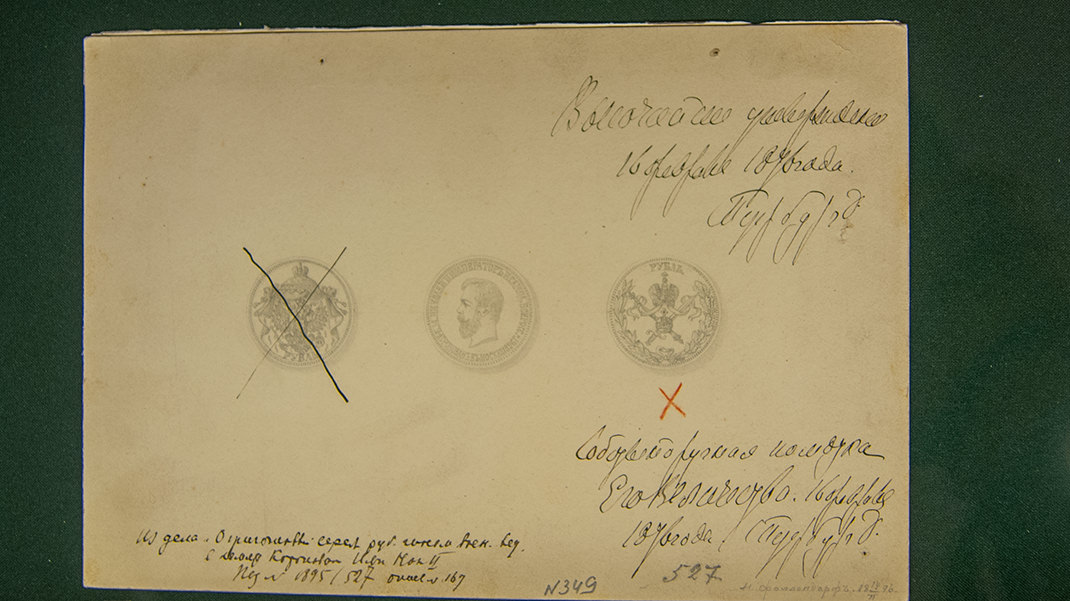
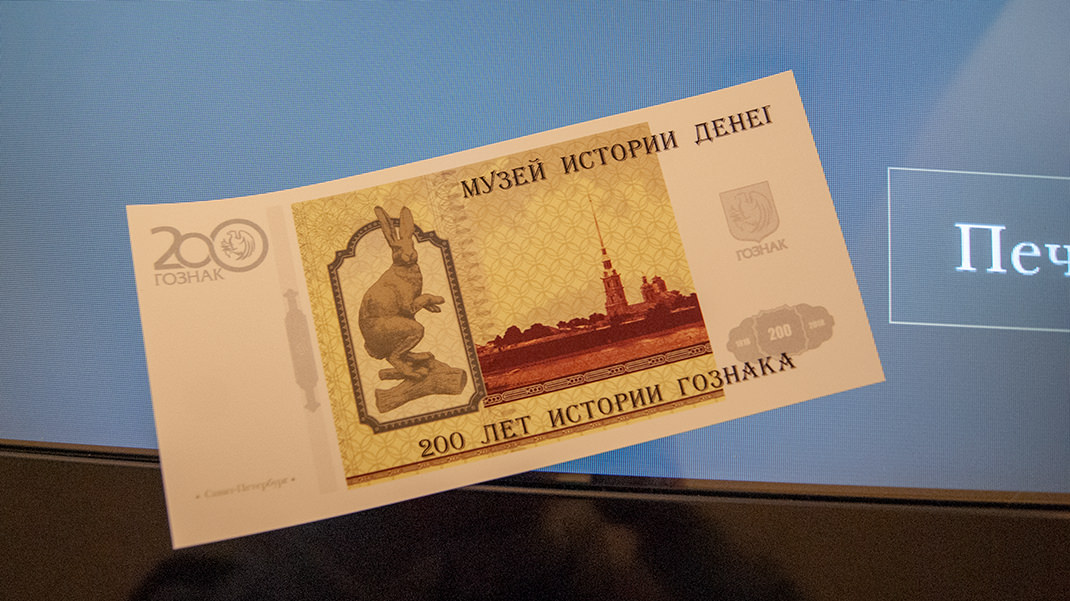
In summary:
- Interesting and unusual exhibits with lots of interactive elements;
- Professional guides and affordable ticket prices;
- You can delve into the past and reminisce by finding money from your childhood in the museum.


